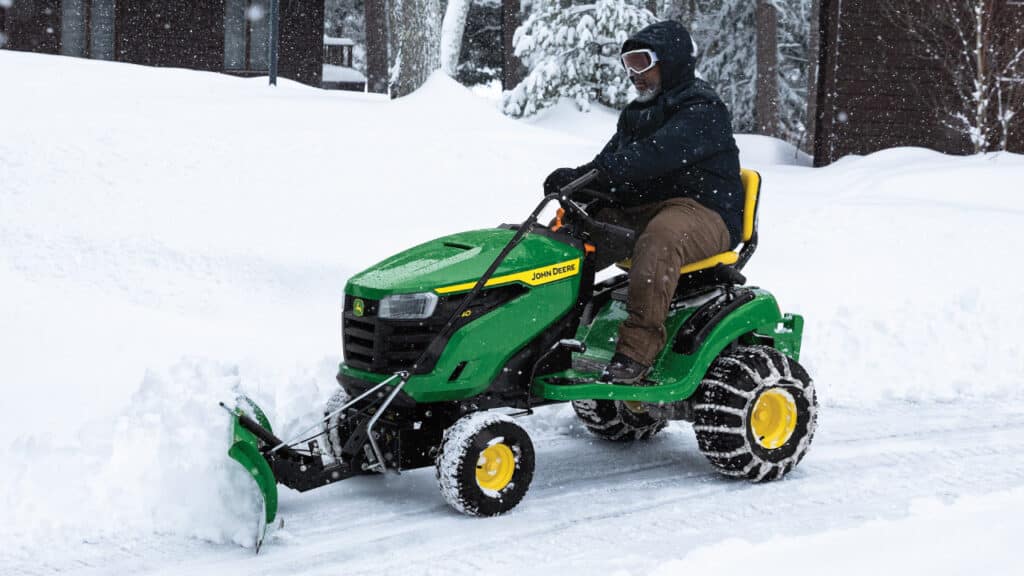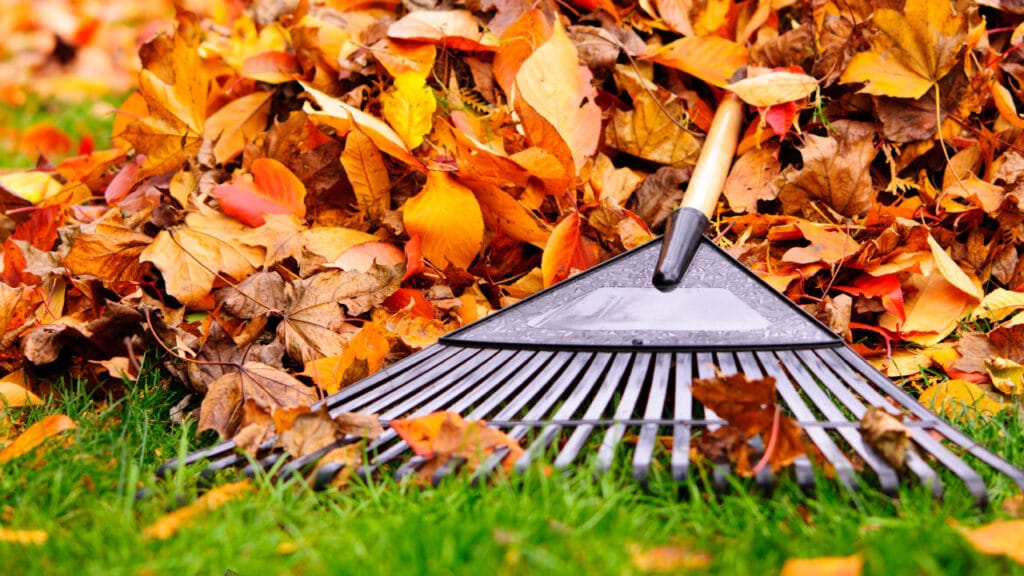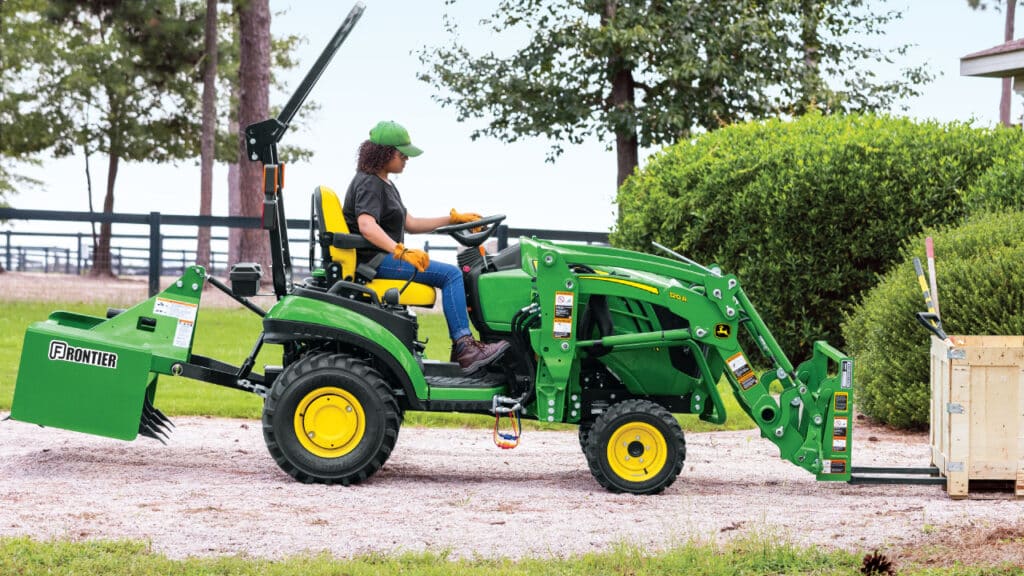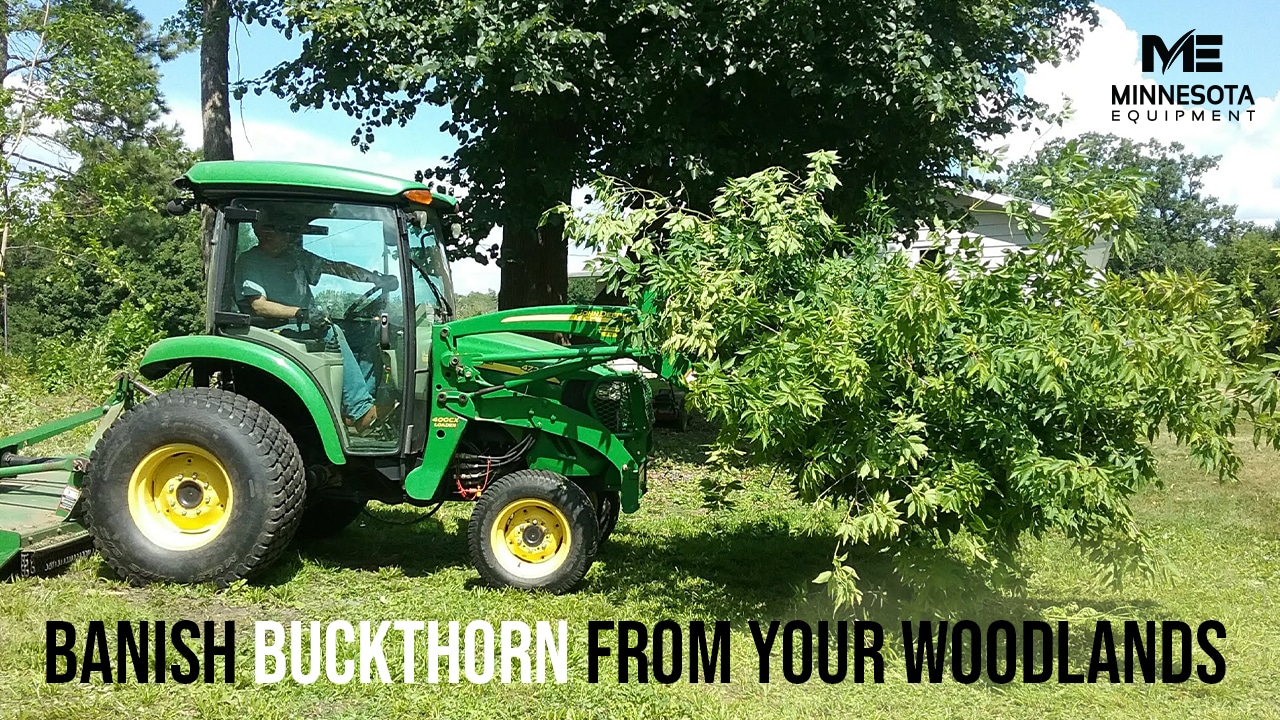
Buckthorn is a brushy exotic invader capable of wreaking havoc on woodland wildlife habitat. Two varieties—glossy buckthorn and common, or European buckthorn—are found in Minnesota, and you don’t want either one on your property.
Buckthorn may look like a boon to the forest. It’s fast-growing and hardy, providing berries and dense cover that leafs out early and stays green after many other trees and shrubs have lost their leaves in the fall.
But buckthorn is not a team player.
Left unchecked, buckthorn out-competes and eliminates beneficial native plants that form the mid-level of the forest understory—where many species of birds make their nests. Given time, buckthorn has the potential to overrun a woodland, greatly reducing the property’s value to a variety of wildlife, including whitetail deer.
Other buckthorn downsides include its ability to host other pests, such as crown rust fungus and soybean aphids. Buckthorn also contributes to erosion by shading out other plants that grow on the forest floor. Plus, it forms an impenetrable layer of vegetation and lacks “natural controls” like insects or diseases that would curb its growth.
Buckthorn ID
Identifying buckthorn is the first step to stopping its spread and removing it from your property. Unfortunately, it can be a little tricky to tell these exotic species from a variety of beneficial plants including native plums or cherries.
Both common and glossy buckthorns are tall understory shrubs or small trees up to 20 to 25 feet high, with a spreading, loosely branched crown. There are often multiple stems at the base, and bark is brown, with elongate silvery corky projections.
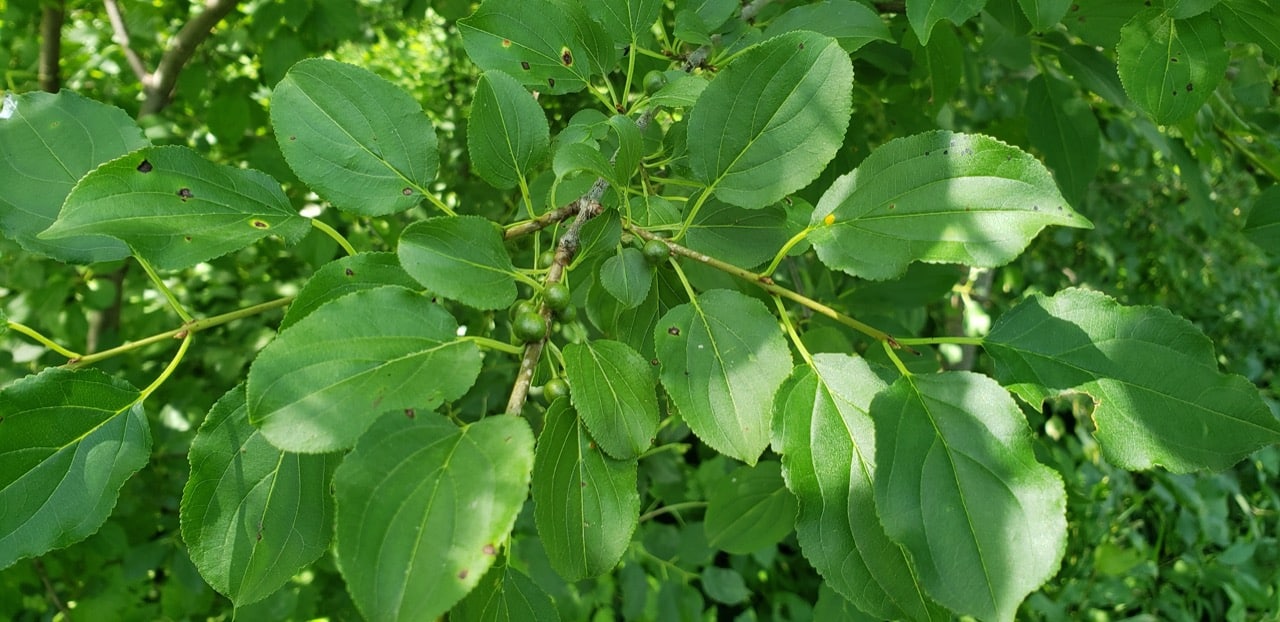
Common buckthorn leaves are finely toothed, with deep, incurving veins, and often appear glossy. Leave arrangement is alternate or sub-opposite on the branch, though they may appear opposite at times.
For photos and tips to help you identify exotic buckthorn, visit the Minnesota Department of Natural Resources’ website. When in doubt, contact your local DNR Forestry office, MN Extension Service agent, or a local Master Gardener.
Battling Buckthorn
If you find buckthorn on your property, take aggressive control measures to eliminate it. Many experts recommend controlling buckthorn plants 2 inches in diameter or larger by cutting the trunk at the soil surface and treating it with a herbicide or covering the stump to prevent re-sprouting. This can be done effectively with hand tools, chain saws or brush cutters (available from your friends at Minnesota Equipment).
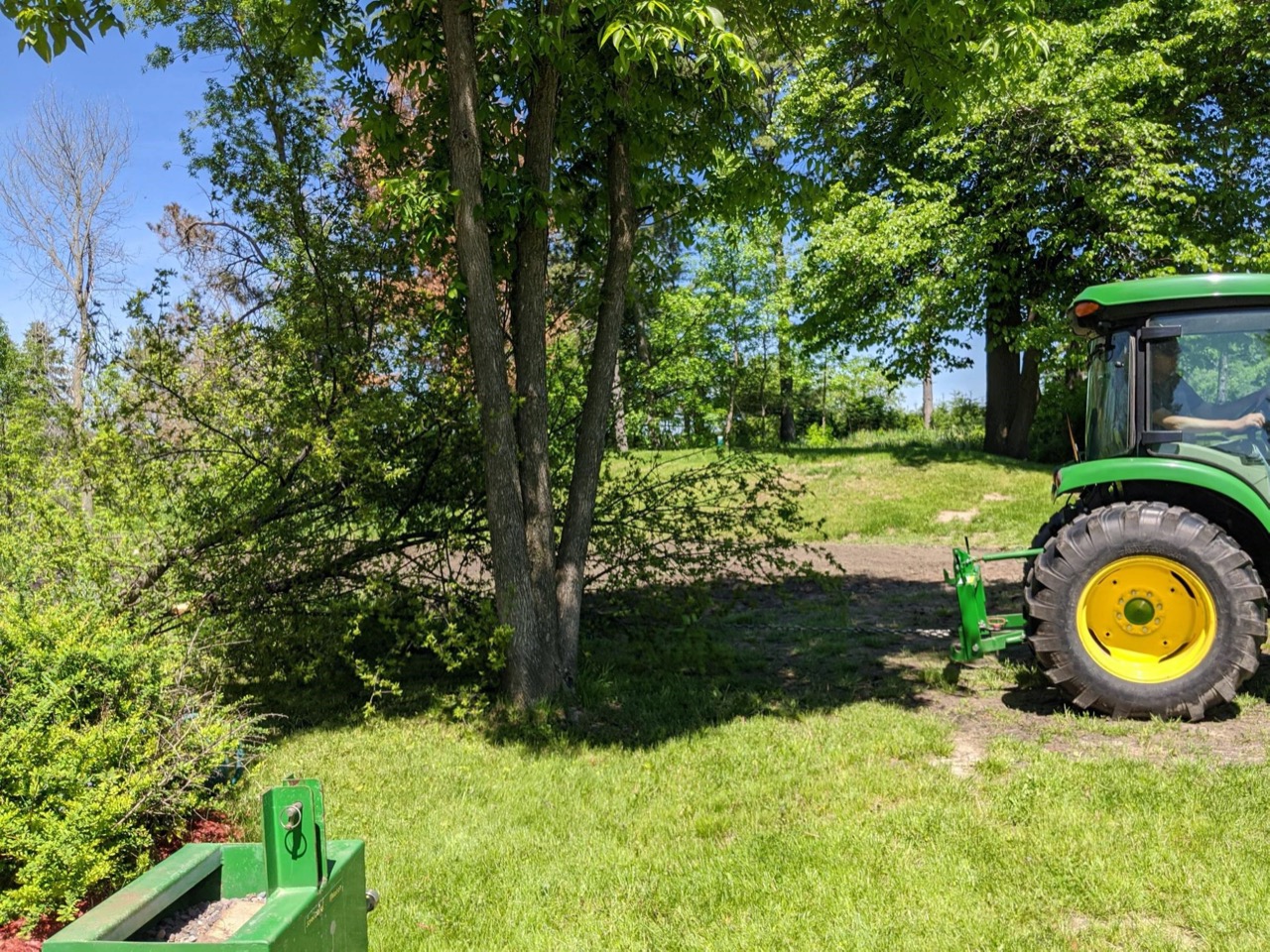
For best results, stumps should be treated within two hours after cutting. The Minnesota DNR recommends treating stumps with an herbicide containing glyphosate (Roundup, Rodeo, etc.) or triclopyr (many brush killers, Vastlan, Garlon 4). Herbicides can be applied to cut stumps with a paintbrush, wick applicator, dauber, or a low-volume sprayer.
Apply the herbicide to the outermost growth rings next to the bark. The best time to cut and chemically treat the stumps is in late summer (avoid May and June) and throughout the fall. Always read and follow herbicide label instructions.
For non-chemical re-sprout prevention, cover the cut stump with a tin can or black plastic (such as a Buckthorn Baggie). After cutting the tree, apply the can or plastic over the cut stump and root flare. Use nails to affix the can or a tie to affix the black plastic. Leave in place for one to two years.
Mechanical Removal Options
Buckthorn can also be removed the old-fashioned way, by pulling it out like a weed. The advantages of this method include not having to deal with stumps or herbicides. Plus, plucked plants will typically not re-sprout.
Pulling can be accomplished by hand with small plants (less than 3/8 inch in diameter) on loose, moist soil, where the filamentous roots are easily ripped from their mooring.
If you want to hand-pull plants greater than 3/8 inch in diameter, you might use a hand tool that pulls the shrub out, such as a Root Talon. Larger buckthorns can be removed by wrapping a sturdy log chain several times around the base of the bush, then attaching the other end of the chain to a John Deere compact tractor’s drawbar and gently applying the horsepower.
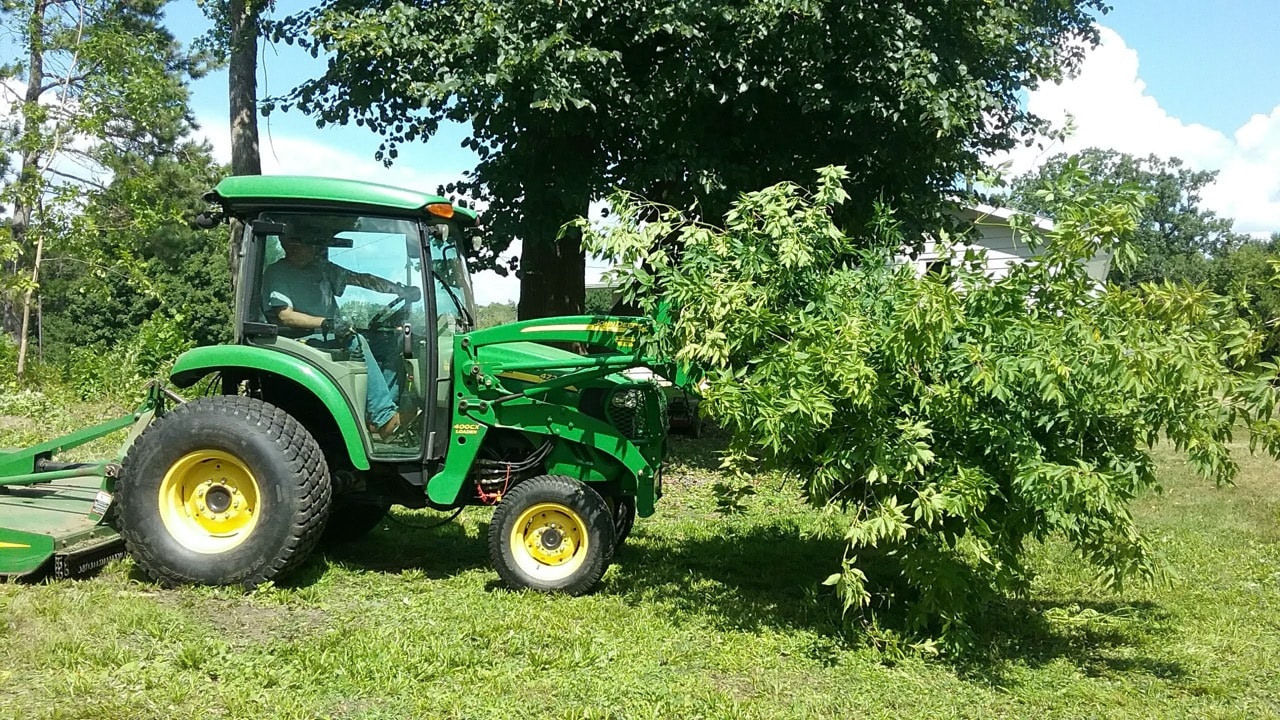
Pulling buckthorn causes minimal soil disturbance compared to many other trees and shrubs. Simply tamp loose soil back into the ground. Please note the DNR does not recommend mechanical removal in sensitive sites or on steep slopes. Also, before you pull or dig buckthorn, contact Gopher State One Call to make sure there are no buried utilities in the area.


 MyME
MyME

